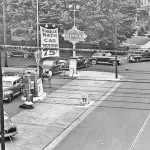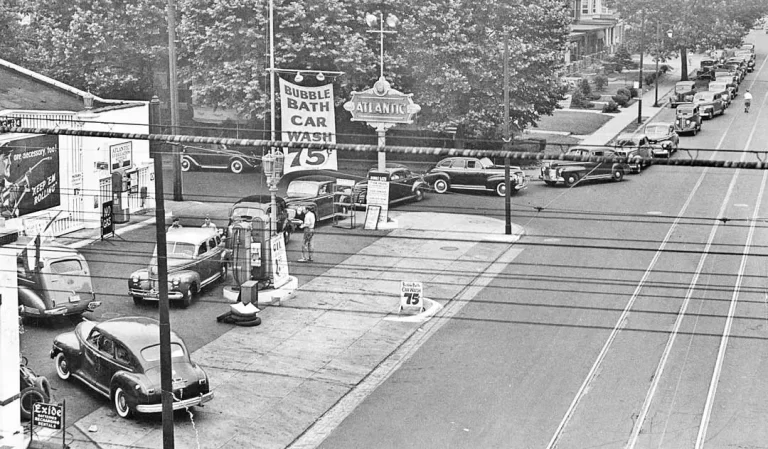
On August 28, 2008, the motorsports community mourned the loss of a true racing legend, Phil Hill. Philip Toll Hill Jr., born on April 20, 1927, in Miami, Florida, was an American automobile racing driver who left an indelible mark on the world of racing. He not only achieved the pinnacle of success by becoming one of two American drivers to win the Formula One World Drivers’ Championship but also secured his place in history with victories at iconic endurance races like the 24 Hours of Le Mans and the 12 Hours of Sebring. Beyond his achievements on the track, Hill was known for his gentle nature and peaceful outlook on life. This blog pays tribute to the remarkable career and personality of Phil Hill.
Early Years of Phil Hill and His Passion for Racing

Hill’s passion for racing ignited at an early age, leading him to pursue a path that would eventually redefine American presence in the world of motorsports. Raised in Santa Monica, California, Hill’s journey to the racetrack began after studying business administration at the University of Southern California. Although he briefly pursued a conventional career, Hill’s heart belonged to racing. He left university early to delve into the world of auto racing, initially working as a mechanic for other drivers.
Hill’s journey towards racing stardom escalated when he became a Jaguar trainee in 1949, an experience that exposed him to the intricacies of the sport. The pivotal moment in his career came in 1956 when he signed with Enzo Ferrari’s team. This decision marked a turning point, propelling him into the international racing scene.
The Astonishing Le Mans Victories
In 1958, Hill etched his name in the history books by becoming the first American-born driver to win the prestigious 24 Hours of Le Mans. Alongside his Belgian teammate Olivier Gendebien, Hill tackled the grueling race with tenacity and skill. The duo’s victory was particularly remarkable considering the challenging rainy conditions that persisted throughout the event. This triumph not only solidified Hill’s position as a competitive racer but also showcased his ability to perform under pressure.
Hill’s Le Mans success didn’t stop at a single victory. In 1961 and 1962, he and Gendebien once again stood atop the podium, a testament to their exceptional teamwork, endurance, and driving prowess. Hill’s consistent victories at Le Mans further exemplified his dedication to the sport and his ability to navigate the complexities of endurance racing.
Phil Hill in Formula One
Hill’s success extended beyond endurance racing. In Formula One, he reached the pinnacle of his career when he clinched the Formula One World Drivers’ Championship, making him one of the two American drivers to achieve this feat. This accomplishment underscored his versatility as a driver, showcasing his ability to excel in different racing disciplines.
However, what truly set Hill apart was not just his racing accomplishments but also his personality. Described as a “thoughtful, gentle man,” Hill’s demeanor and outlook on life were in stark contrast to the fierce competitiveness often associated with racing. He famously remarked, “I’m in the wrong business. I don’t want to beat anybody, I don’t want to be the big hero. I’m a peace-loving man, basically.” This sentiment revealed the depth of his character and his commitment to principles that transcended the racetrack.

Phil Hill driving for Ferrari at the 1962 German Grand Prix. By Lothar Spurzem.
The Legacy of Phil Hill
As we commemorate the anniversary of Phil Hill’s passing, it’s important to reflect on the lasting impact he has had on motorsports. His achievements continue to inspire young drivers and enthusiasts, reminding us that success on the track can be achieved with both skill and sportsmanship. Hill’s legacy lives on not only through his racing records but also through his gentle spirit that remains an example of humility and grace in the world of competitive racing.
Phil Hill’s life and career were marked by remarkable achievements, from his historic victories at Le Mans to his Formula One championship win. Beyond the trophies and accolades, Hill’s kind nature and peaceful outlook stood as a reminder that racing could be about more than just fierce competition. As we remember him on the anniversary of his passing, let us celebrate the legacy of Phil Hill – a true gentleman racer whose impact on motorsports continues to resonate today.

















